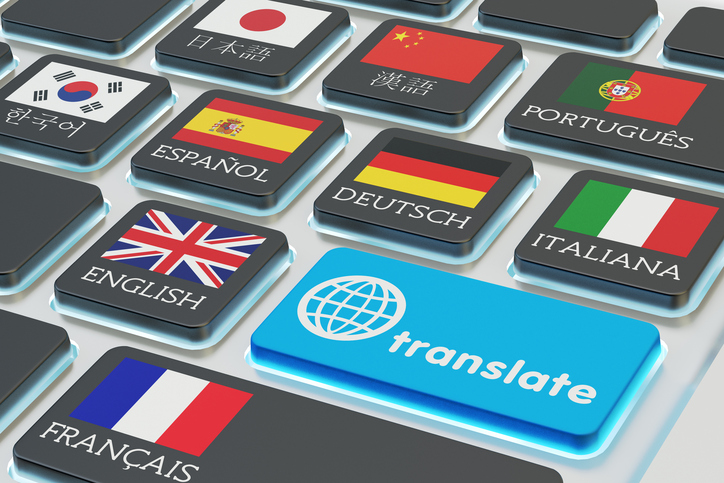Localization vs. Translation: What’s the Difference and Why Does It Matter?
- The targeted and personalized nature of B2B marketing underscores the need for a localization strategy
- Consistency in a localized customer experience is critical for success, and it requires cross-organizational support
- Localization includes every touchpoint in the buyer and customer lifecycle – in addition to the ways data is gathered, classified and analyzed
In 2012, Bud Light kicked off an ad campaign with the slogan “It’s only weird if it doesn’t work.” The campaign was a take on football fans’ superstitions and rituals for trying to affect the outcome of a sports game, like controlling physics using beer bottle labels or going to the basement to help the team score points. The examples stand out as “weird” because they’re different from what might be considered normal for people not versed in the nuances of sports traditions – and they’re jarring to experience.
Language – and content as a whole – calls attention to itself when it is not adapted to accommodate the context and culture of its intended audience. It gets weird.
B2B organizations must communicate clearly within target markets, especially when introducing a new product or concept to a region outside the home market. While localization and translation both describe the transfer of content from one language into another, there is one critical difference: Localization takes translation one step further by adapting the output based on cultural nuances and idioms of the target markets for which it’s intended. The adaptation of B2B marketing content into different languages calls attention to itself when not done well – i.e. absent of sociocultural context and nuance.
 Here are definitions of translation and localization:
Here are definitions of translation and localization:
- Translation – the precise and literal transfer of text (e.g. product documentation, marketing communications, ad creative, social media activity) from a source to target language.
- Localization –the adaptation of text and images, incorporating regional specificity and the sociocultural context of the target market. Localization includes cultural content (e.g. icons and humor) in addition to functional content (e.g. dates and times – including written formats).
B2B marketing strategy is designed to target and motivate specific market segments, and language influences the way people act. The goal for marketers is to engage an individual using personalized and relevant messaging that combines what is known about that buyer and what the buyer should know about a solution.
Localization – an aspect of personalization –is particularly important when organizations are attempting to make an emotional connection with their audience. The output is a foundation for creating authenticity and trust in B2B sales and marketing, with two primary benefits:
- Builds customer relationships. Relationship building relies on clarity of meaning and understanding of cultural contexts that influence the decisionmaking process and the perceived value of a product, organization or brand. It’s critical for B2B organizations to help the customer understand a solution, its benefits and its implementation, as it affects everything from demand creation and self-reporting of data to retention and loyalty. Localization is also important for gaining insight into how and where a target audience is talking online, interpreting sentiment and responding appropriately to customer service issues raised on social media.
- Provides a consistent customer experience. Consider a customer experience where the email is localized and personalized, but the landing page is in a different language or dialect, and phrases describing key features and benefits are worded differently. At best, these inconsistencies annoy the potential customer. At worst, they undermine the customer’s trust in an organization or solution. Because localization is closely aligned with segmentation and personalization, leverage the organizational style guide, personas and direction on tone, voice and style to inform localization protocols. This approach promotes quality and consistency across marketing channels and customer service touchpoints.
No matter the approach, challenges arise due to the ambiguous nature of language and interpretation. For example, the football ritual mentioned above wouldn’t play out well if translated literally across geographies.
The hyper-targeted nature of B2B marketing and content distribution tactics underscores the need to invest in a localization strategy, prioritizing those efforts using a combination of market and organizational factors. Successful localization approaches allocate resources equally among people, process and technology to incorporate human insight, nuance and quality assurance.
What are some of your biggest challenges with language adaptation and localization? Let us know in the comments.
